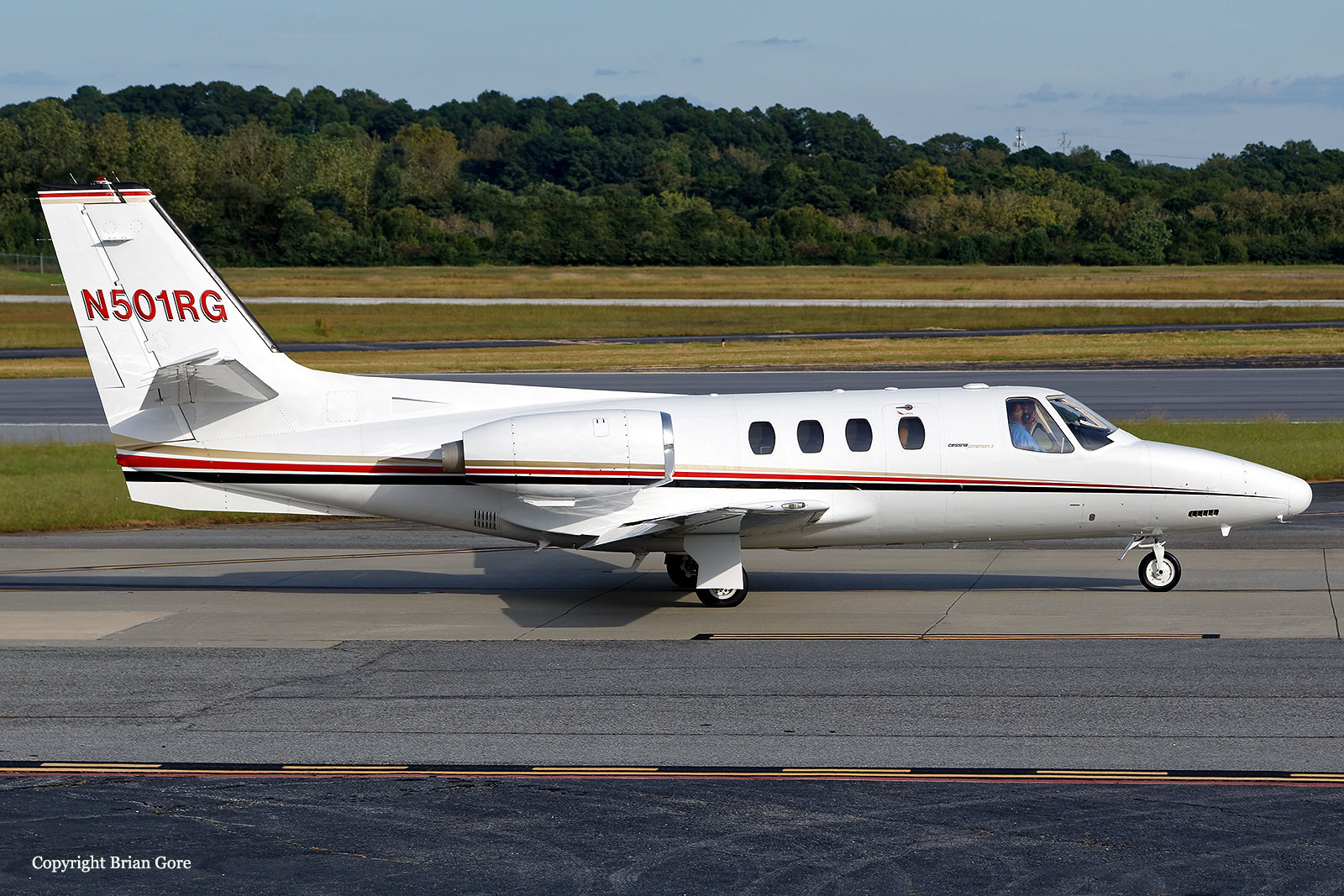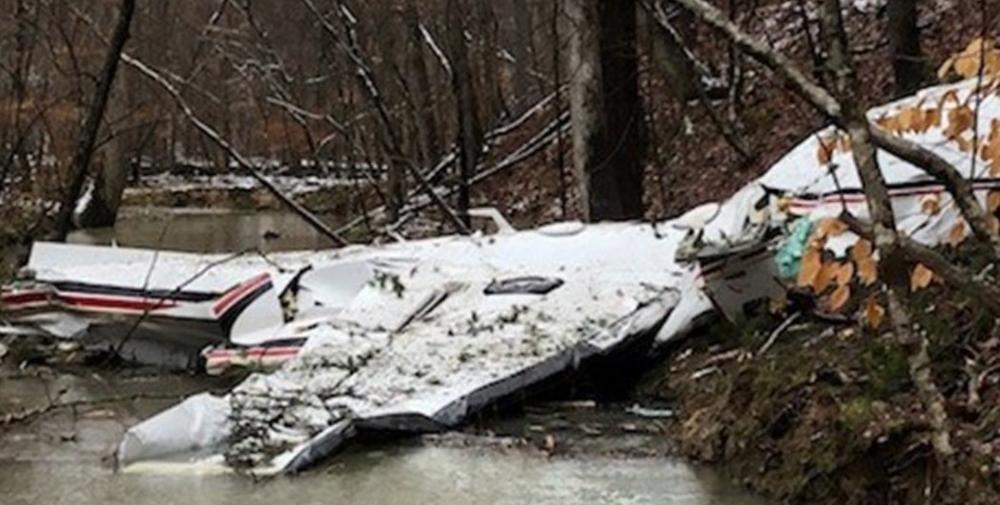Date & Time:
Feb 8, 2020 at 1013 LT
Type of aircraft:
Cessna 501 Citation I
Operator:
Remonia Air
Registration:
N501RG
Flight Phase:
Flight
Flight Type:
Private
Survivors:
No
Site:
Plain, Valley
Schedule:
Peachtree City - Nashville
MSN:
501-0260
YOM:
1982
Country:
United States of America
Region:
North America
Crew on board:
2
Crew fatalities:
2
Pax on board:
2
Pax fatalities:
2
Other fatalities:
0
Total fatalities:
4
Copilot / Total hours on type:
55
Aircraft flight hours:
8078
Circumstances:
While on an instructional flight in icing and instrument meteorological conditions (IMC), the pilots indicated that they were having instrumentation difficulties to air traffic control. They initially reported a problem with the autopilot, then a navigational issue, which they later indicated were resolved, and finally they reported it was a problem with the left side attitude indicator. After air traffic control cleared them to their destination, the airplane entered a descending left turn, which continued into a 360° descending turn. An inflight breakup resulted, with the wreckage being scattered over 7,000 ft of wooded terrain. Examination of the engines revealed there were no anomalies that would have precluded normal operation prior to the accident. Control cable continuity was established from the flight controls in the cockpit to all flight control surfaces through multiple overload failures. The pitot-static system was examined, and no blockages were noted. Since there was rotational scoring noted on the vertical gyro and the directional gyro, it’s likely they were operating at the time of the accident. Furthermore, the left side attitude indicator examination revealed that there were no anomalies with the instrument. Examination of the deice valves for the deicing boots revealed that the left wing deice valve did not operate. Corrosion was visible in all three valves and it could not be determined if the corrosion was a result of postimpact environmental exposure. Furthermore, since the cockpit switch positions were compromised in the accident, it could not be determined if the pilots were operating the deicing system at the time of the accident. However, most of the pilot reports (PIREPs) in the area indicated light icing and the airplane performed a 6,000 ft per minute climb just before the loss of control. Given this information, it is unlikely the icing conditions made the airplane uncontrollable. A review of the pilots’ flight experience revealed that the pilot in the left seat did not hold a type rating for the accident airplane model but was scheduled to attend flight training to obtain such a type rating. The pilot in the right seat, who also held a flight instructor certificate, did hold a type rating for the airplane. Given that the remarks section of the filed flight plan described the flight as a “training flight” and the left-seat pilot’s plan to obtain a type rating for the accident airplane model, it is likely the pilot in the left seat was the flying pilot for the majority of the flight. Although the right-seat pilot's autopsy noted coronary artery disease, the condition was poorly described. The circumstances of the accident are not consistent with sudden physical impairment or incapacitation; therefore, it is unlikely it contributed to the event. Toxicology testing identified diphenhydramine, which can cause significant sedation, in the right-seat pilot’s blood. However, the level present at the time of the accident was too low to quantify. Therefore, it is unlikely effects from diphenhydramine contributed to the accident. Prior to entering the descending right turn, air traffic control noted that the airplane was not following assigned headings and altitudes and the pilots’ reported having autopilot problems. Subsequently, the pilots’ reported they were using the right attitude indicator as they had difficulties with the left-side indicator. Information was insufficient to evaluate whether the reported difficulties were the result of a malfunction of the autopilot or the pilots’ management of the autopilot system. However, the reported difficulties likely increased the pilots’ workload, may have diverted their attention while operating in IMC and icing conditions, resulting in task saturation, and may have increased their susceptibility to spatial disorientation. It is also possible that the onset of spatial disorientation was the beginning of the pilots’ difficulties maintaining the airplane’s flight track and what they perceived to be an instrumentation problem. Regardless, since the left seat pilot was not rated to fly the airplane, the right seat pilot’s workload would have increased by having to diagnose the issue, assess the situation, and maintain positive airplane control. The airplane’s track data are consistent with the known effects of spatial disorientation, leading to an inflight loss of control and subsequent inflight breakup.
Probable cause:
The pilots’ loss of control in flight in freezing instrument meteorological conditions due to spatial disorientation and the cumulative effects of task saturation.
Final Report:
N501RG.pdf6.15 MB



